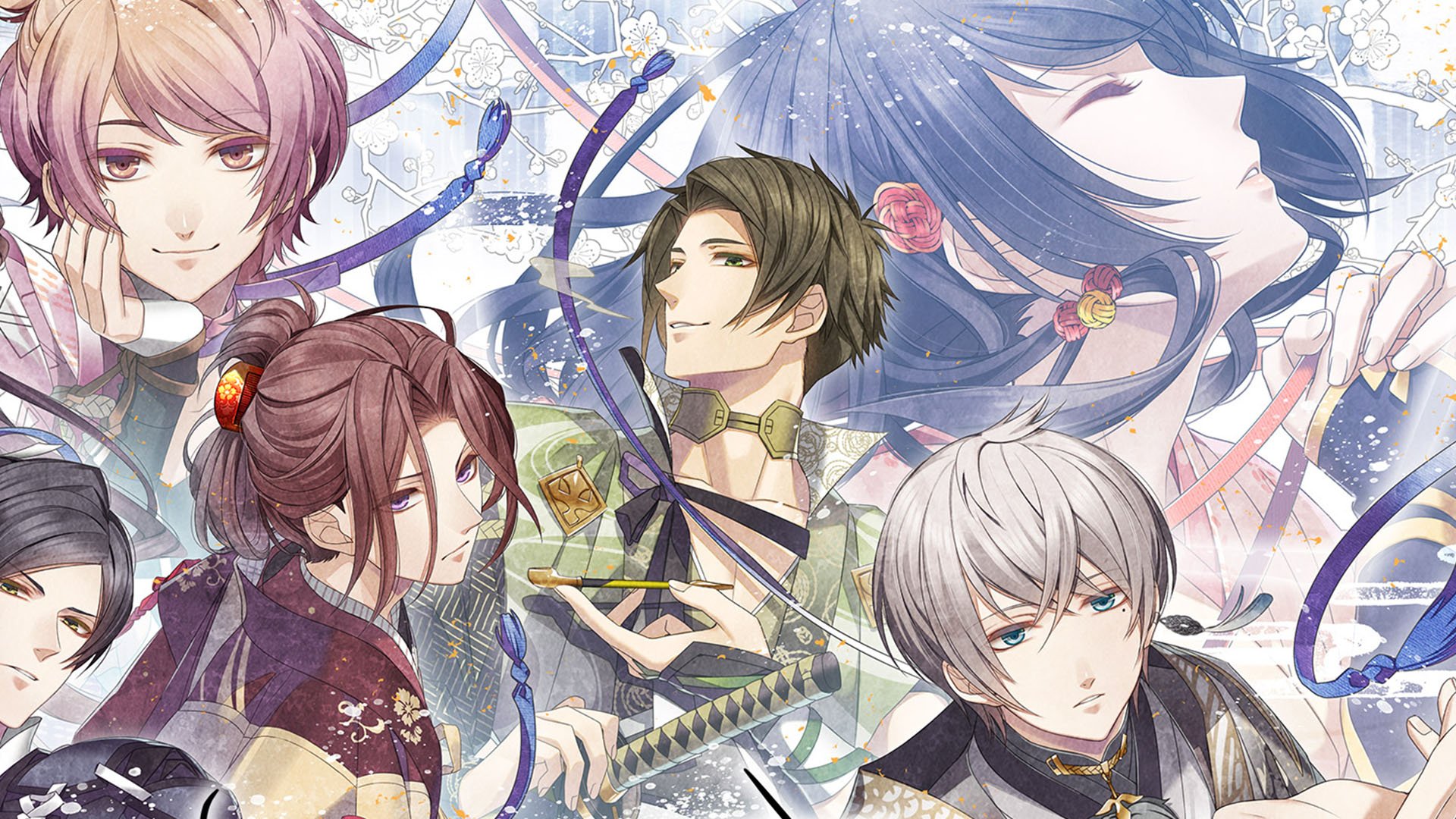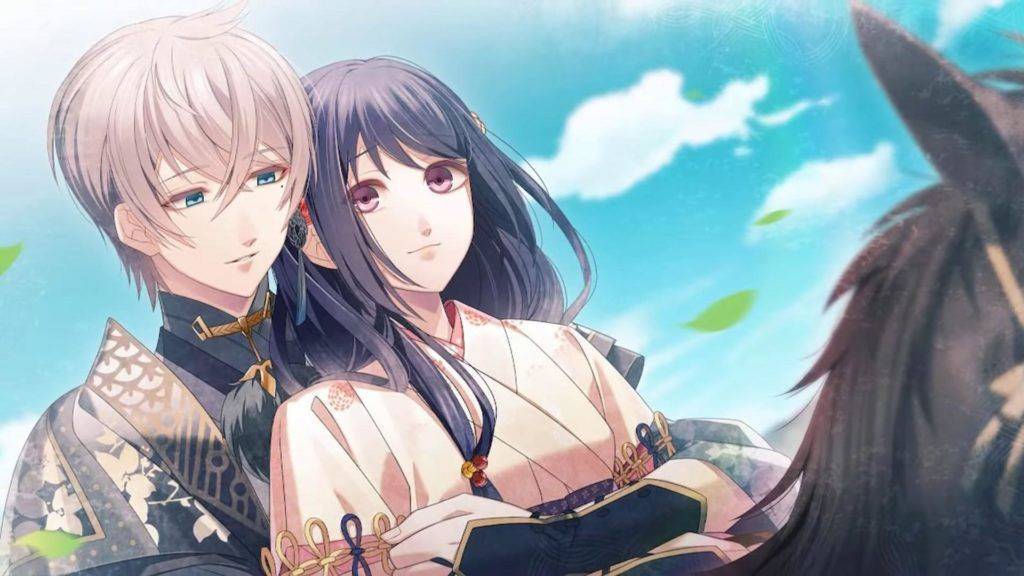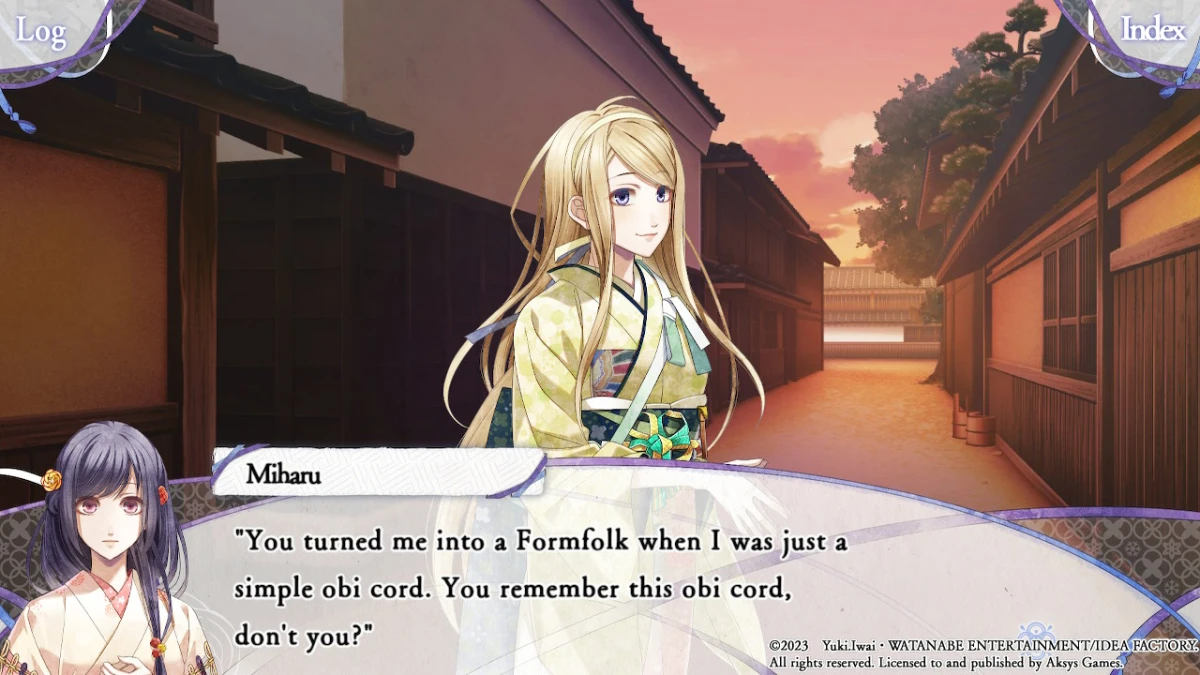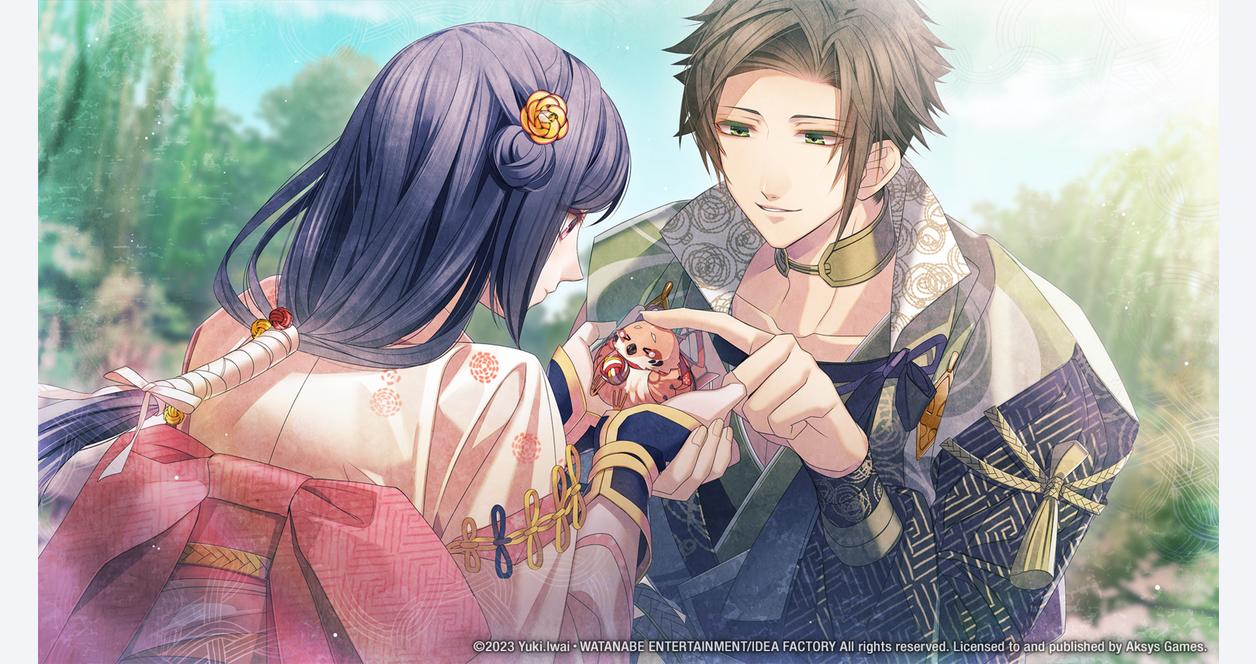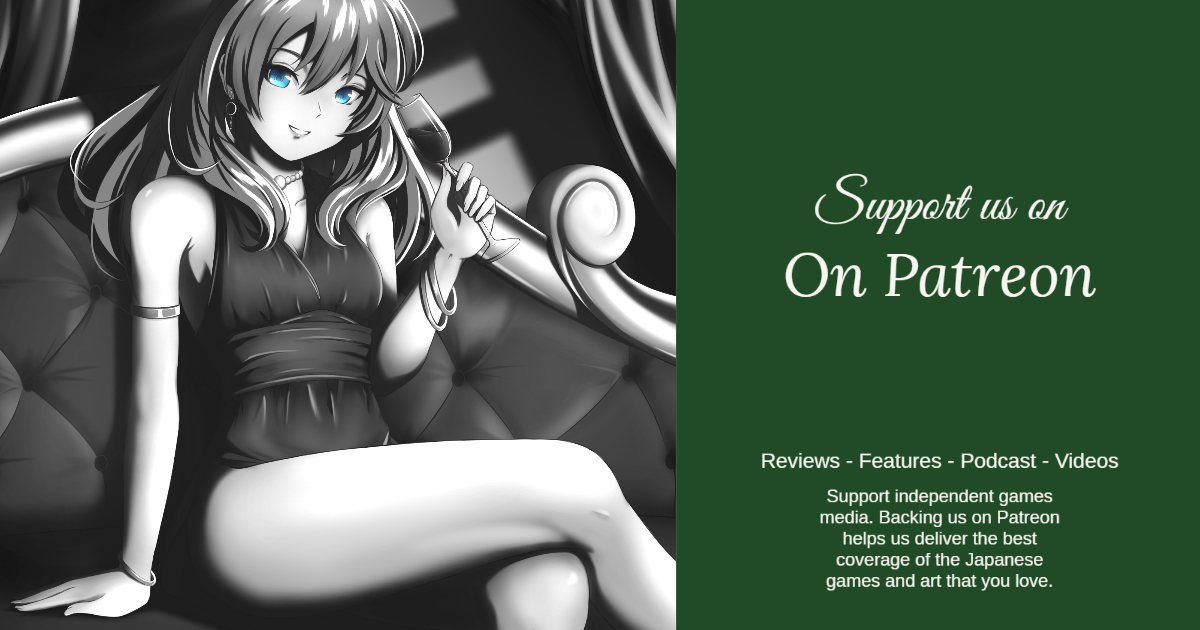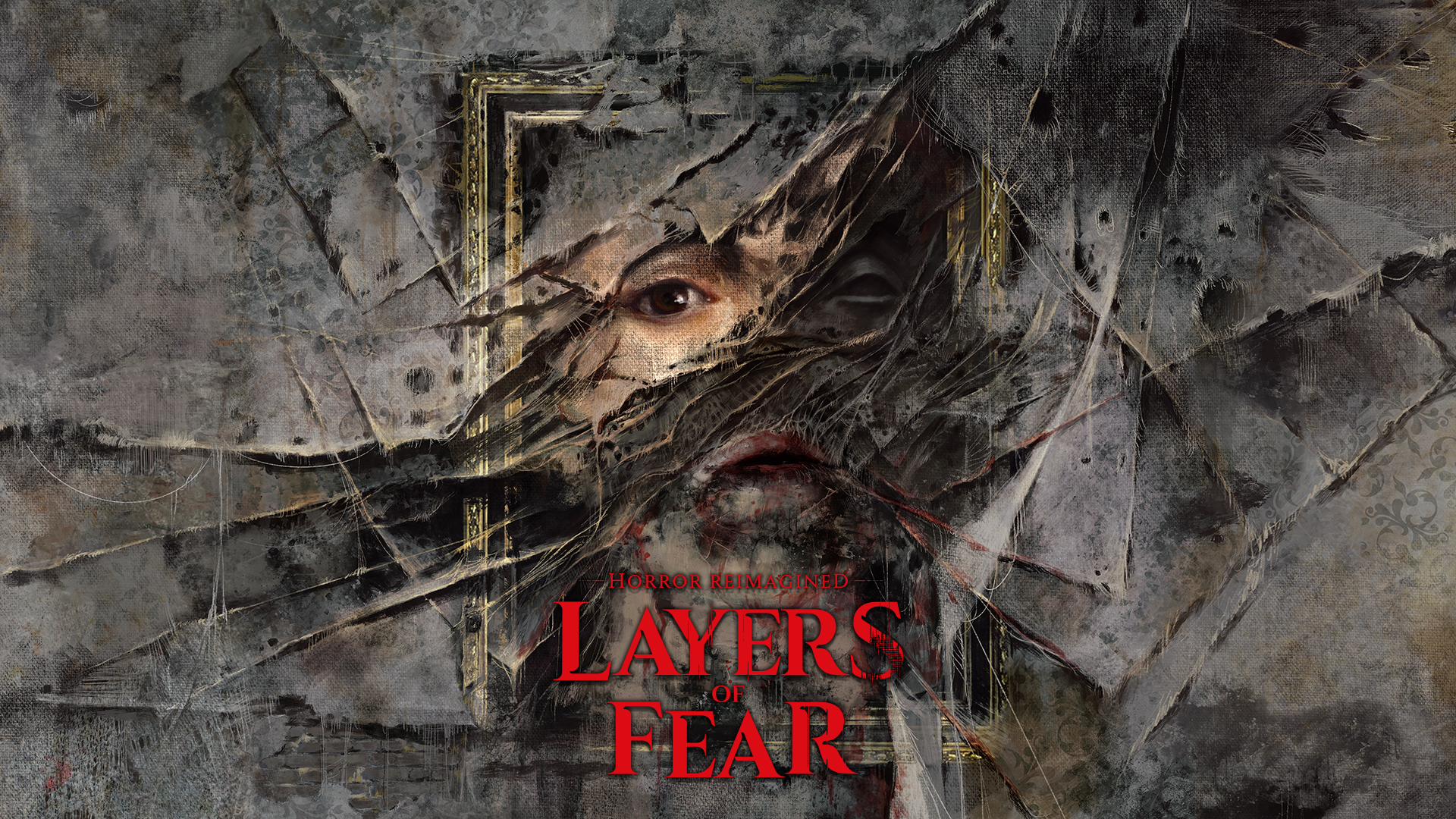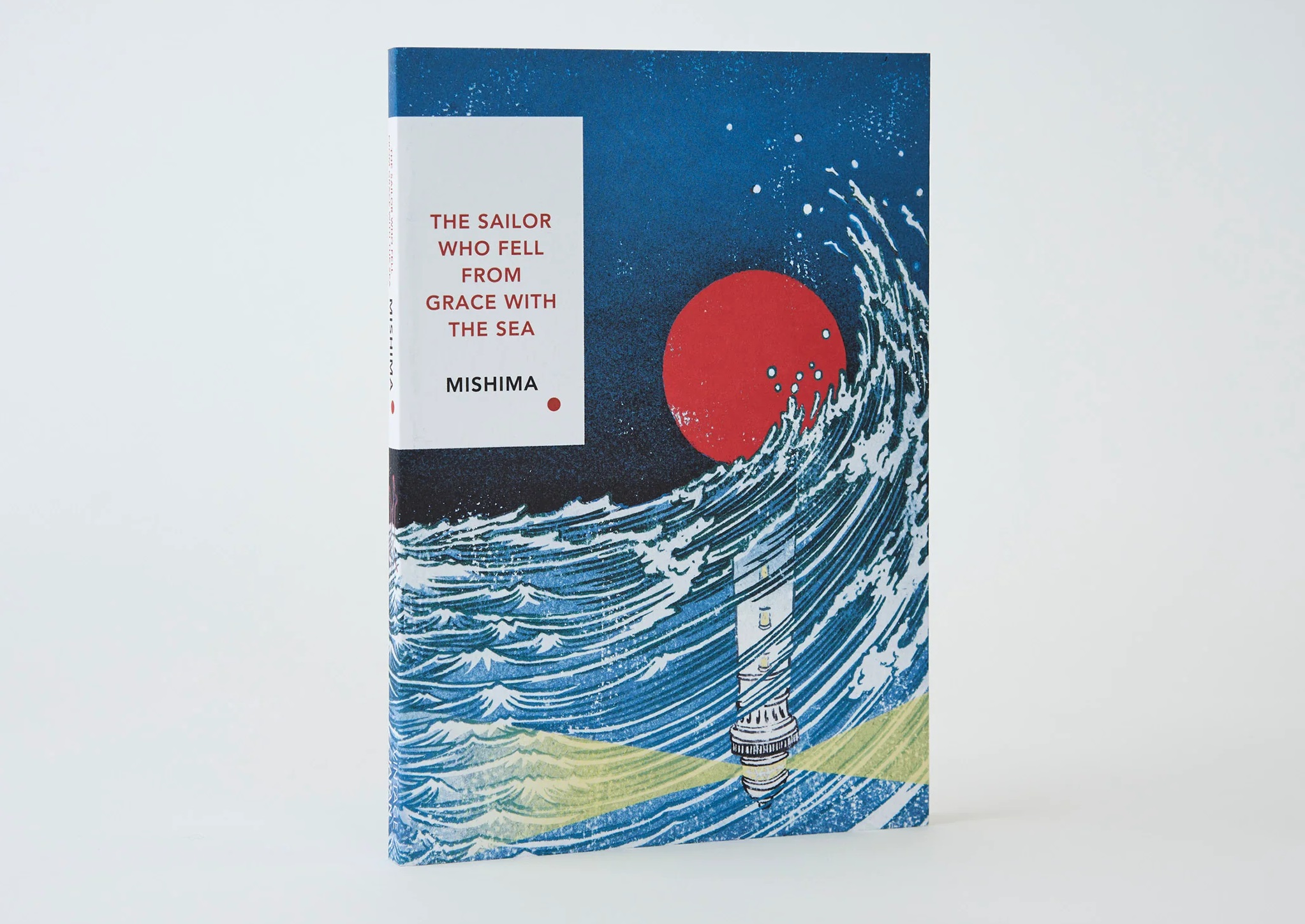Very, very rarely does a game get made about the Tokugawa Shogunate. There are thousands of games about the Sengoku wars that came immediately before, and there are plenty made about the end of the Shogunate as well. The 250 years in the middle, however, are largely blank (at least, they are in gaming).
A major part of the reason for this is that those years were essentially peaceful, and game developers tend to struggle with peace as a concept. Additionally, it’s a harder time for people to understand. As it was almost completely shut off from the world during this time, very little is known about the era outside of Japan. Even to this day. So both developers and localisers have a challenge in bringing these stories to the West. With no wars and political stability, what can a game developer even do with the era? A fantasy otome visual novel, as it turns out. Enter Winter’s Wish: Spirits of Edo.
This is another Otomate/Idea Factory visual novel, and we’ve seen in the past that this team knows how to work with historical settings. Hakuouki was the first commercially localised otome and remains a classic to this day. It was set during the Tokugawa Shogunate’s dying years. Birushana, localised last year, was set many years before this time, during the Genpei war. Initially, Winter’s Wish looks like it should be similar to those two, just from a different time period again. It has the same breathtaking art and the same utterly gorgeous samurai men. But it’s actually very different.
Although Hakuouki and Birushana are fictional stories, they were rooted in real history far more than Winter’s Wish. I’m not even sure the characters in this game are modelled after real people, though the organisation at the centre of the drama, the shogun’s Oniwaban information network, was a real thing. In addition to the uncertain amount of real history, the magical, fantastic elements come thick and fast in Winter’s Wish. The protagonist has a rare gift: She can see the “threads” that are attached to each and every person and that change colour with their moods. That means she can also see when a critical mass of threads (negative emotions) comes together in an area. This is important because when that happens, a monster is unleashed on the world.
Meanwhile, the Oniwaban are not actually people. They are spiritual manifestations of objects that take the form of humans, and are tasked with tracking down and slaying these monsters. So, at the start of the story, they come and fetch the protagonist from her secluded life in rural Japan and press her into service for the good of all.
While this is all very obviously fantastic, the research into the era is clear and it comes across as authentic. Most impressively is the way the narrative describes the three major “regions” of Edo (now Tokyo) where the action happens. Firstly, there’s the samurai town, where the upper classes shelter (and largely lock the rest of the world out). It’s peaceful, but filled with political intrigue. There is some real Game of Thrones stuff going on in that ivory tower. Secondly, there’s the main city itself, where the commoners live and all the trade happens. It’s the vibrant soul of the city. And then there’s the entertainment quarter, filled with theatres, brothels, and other ways to pass idle time. In the entertainment quarter it’s always exciting… and equally dangerous.
You’ll get to choose one of these three areas to help the Oniwaban in their duties, and that becomes the major “arc” for you to follow. Each of these arcs has two Oniwaban boys to interact with, and each arc provides a very different narrative. None of that is unusual for the otome visual novel genre, though of course, no otome visual novel has this setting, narrative or theme either, so it remains a unique experience.
As an otome, romance is technically the goal in Winter’s Wish, but as with most of Otomate’s work, the journey getting there is filled with far more depth. In some of the routes, the protagonist learns to fight, so there’s a lot more action in those. The game also takes great lengths to describe the society and culture at the time. This is just as well, as most people will be unfamiliar enough with the era will appreciate the crash course.
Most of all, though, I loved theme of the Oniwaban being manifested spirits. This is actually something that cuts deep to Japanese culture via the Shinto faith. In short, the Japanese believe that everything – living and inanimate – has some kind of soul to it, and needs to be respected as such. This is why the Japanese have created entire forms of art around repairing broken things rather than tossing them, as we tend to do in the West. Winter’s Wish takes that a step further by actually manifesting beings from objects of precious value – not just the Oniwaban but in general society – and it uses this to canvass a wide range of themes, from discrimination through to the value of life. Certainly, there are heavier and more thematically dense otome games out there (including by Otomate itself), but through this theme, we can see intelligence and sharpness around Winter’s Wish which makes it well worth reading and musing over.
Finally, I really can’t emphasise enough just how gorgeous this game is. One of the reasons that I – a very straight guy that isn’t romantically interested in men at all – love otome games is for this quality about them. Where visual novels with romance themes aimed at men tend to fixate on sex organs and bust sizes, otome games allow the intensity of personalities drive the attraction, and they back that up with incredible, intricate and detailed character designs that wouldn’t look out of place in a gallery. Otomate remains one of the very finest in the business at this, and Winter’s Wish is right up there with its best work of all.
The only issue I have with the game is some of the translations. It’s not that there are typos or grammatical errors (in fact, for a game of this size, and given what the localisation budget must have been, it’s impressively clean). Rather, there are moments where the writing shifts, ever so briefly, into something blatantly modern and Western in tone.
By giving us a rare – albeit fantastic – look into an almost completely ignored period of Japanese history Otomate has given us a gift. Winter’s Wish is beautiful and written with a deft touch. We’ve got a great cast of characters, a meaty narrative to work through, and some notes to start learning more about a fascinating chapter of history. It’s a win all around.
